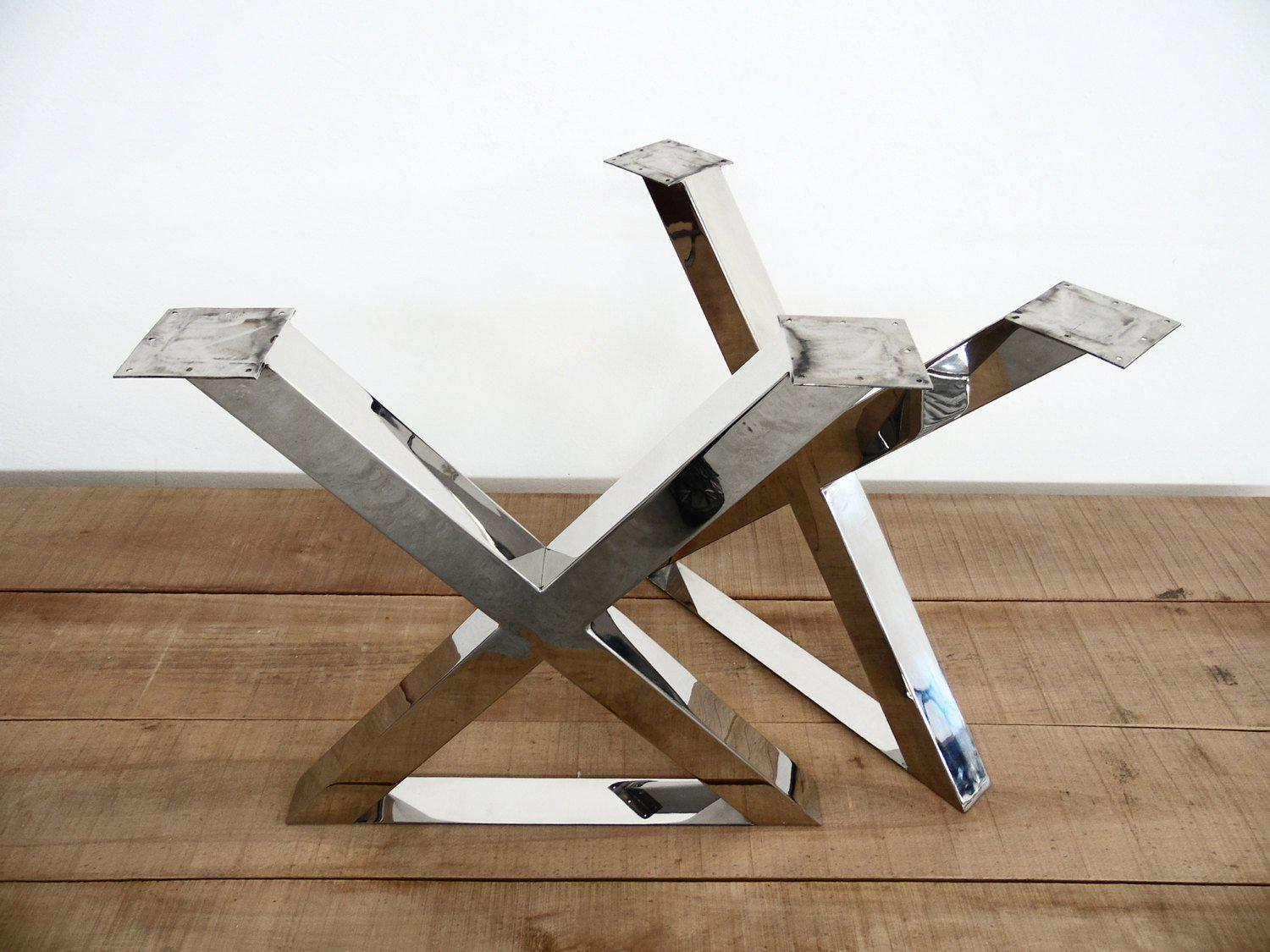Leading Patterns in Dining Room Table Legs to Elevate Your Dining Space
Leading Patterns in Dining Room Table Legs to Elevate Your Dining Space
Blog Article
A Thorough Check Out Table Leg Styles: Discovering the Perfect Suit
Choosing the best eating table leg style is critical for both aesthetic charm and practical capability. For those with larger tables, trestle legs make sure sturdy support, whereas barrette legs present a mid-century modern-day vibe with their minimal layout. The x-shaped legs blend modern design with improved security.
Typical 4 Legs
Among the various types of dining table leg designs, the conventional four-leg style stays an ageless option for numerous households. 4 legs give balanced assistance, making certain the table continues to be steady and capable of bearing significant weight (dining room table legs).
From a visual point of view, the standard four-leg design can be easily adjusted to different indoor designs. Whether crafted from timber, steel, or a combination of materials, these legs can be delicately carved, streamlined and minimalistic, or anything in between. Their convenience enables them to complement both rustic and modern setups perfectly.
Additionally, the straightforward framework of the four-leg style helps with convenience of motion and placement within an area. Unlike more complicated bases, this style decreases obstructions, giving adequate legroom for diners. In recap, the standard four-leg table leg style weds enduring style with practical capability, making it an astute option for those looking for both form and feature in their dining furnishings.
Stand Base
Typically celebrated for its sophisticated and space-efficient design, the pedestal base is a notable alternative to the standard four-leg setup in table leg styles. This distinct base typically features a single central column sustaining the tabletop, which can differ in kind, from ornately carved timber to smooth, modern-day steel. Among the key advantages of the stand base is its capability to optimize legroom and seating flexibility. Without corner legs, restaurants are afforded better freedom of motion, making it an ideal option for round and oblong tables that advertise more intimate and inclusive events.
In addition, the stand base's main assistance can handle substantial weight, allowing for the use of heavier tabletops, such as marble or thick hardwood. This strength coupled with its aesthetic flexibility makes the pedestal base a popular option in both standard and contemporary interior settings. It can seamlessly integrate with different layout styles, from traditional sophistication to minimalist modernity. Additionally, the central column itself supplies a canvas for elaborate layouts and imaginative expressions, including an aspect of visual interest beneath the table. In recap, the pedestal base combines capability snappy, making it an improved and sensible choice for diverse eating atmospheres.
Trestle Legs
Trestle legs supply a robust and classic foundation for eating tables, defined by their straight cross-bracing and strong support light beams. Stemming from medieval times, this style has progressed yet kept its essential framework, making it a seasonal fave in both traditional and modern settings. The central trestle light beam, often sustained by two or even more vertical articles, offers exceptional stability, permitting larger table lengths without the demand here for additional legs.
A considerable advantage of trestle leg tables is the sufficient legroom they provide. Unlike tables with 4 corner legs, the absence of blockages at the table's sides offers unimpeded area for chairs and diners, boosting comfort and ease of access. This makes trestle tables excellent for fitting bigger gatherings, whether in a dining-room or a reception hall.
From rustic farmhouse to streamlined modern-day layouts, trestle legs can be tailored to suit private preferences. Their enduring charm and useful benefits make trestle legs a compelling choice for those seeking both design and practicality in their eating table.
Barrette Legs

The allure of hairpin legs exists in their simpleness and flexibility - dining room table legs. Readily available in a range of materials, consisting of steel and brass, they can be ended up in various shades to enhance different interior styles. Whether coupled with a rustic wood table top or a modern glass surface area, hairpin legs effortlessly blend performance with a touch of classic appeal
Sturdiness is another significant attribute of hairpin legs. Despite their delicate look, these legs are crafted to bear considerable weight, making certain the table remains stable and safe and secure. Furthermore, they are fairly simple to mount, making them a preferred selection for do it yourself fanatics and professional furniture makers alike.
X-Shaped Legs

Constructed from products such as steel, timber, or a combination of both, X-shaped legs can be tailored to match numerous style choices. Steel legs often offer a streamlined and commercial feel, perfect for loft-style houses and modern eating rooms.
Moreover, the design behind X-shaped legs makes sure even weight circulation, decreasing the danger of wobbling and improving toughness. This makes them particularly fit for larger table view it now that call for added support. Basically, X-shaped legs blend sensible design with contemporary looks, making them a classic choice for diverse dining atmospheres.
Final Thought
A detailed understanding of eating table leg styles exposes the distinctive features and advantages of each layout. Trestle legs make sure robust assistance for larger tables, and barrette legs introduce a mid-century modern aesthetic.
Report this page